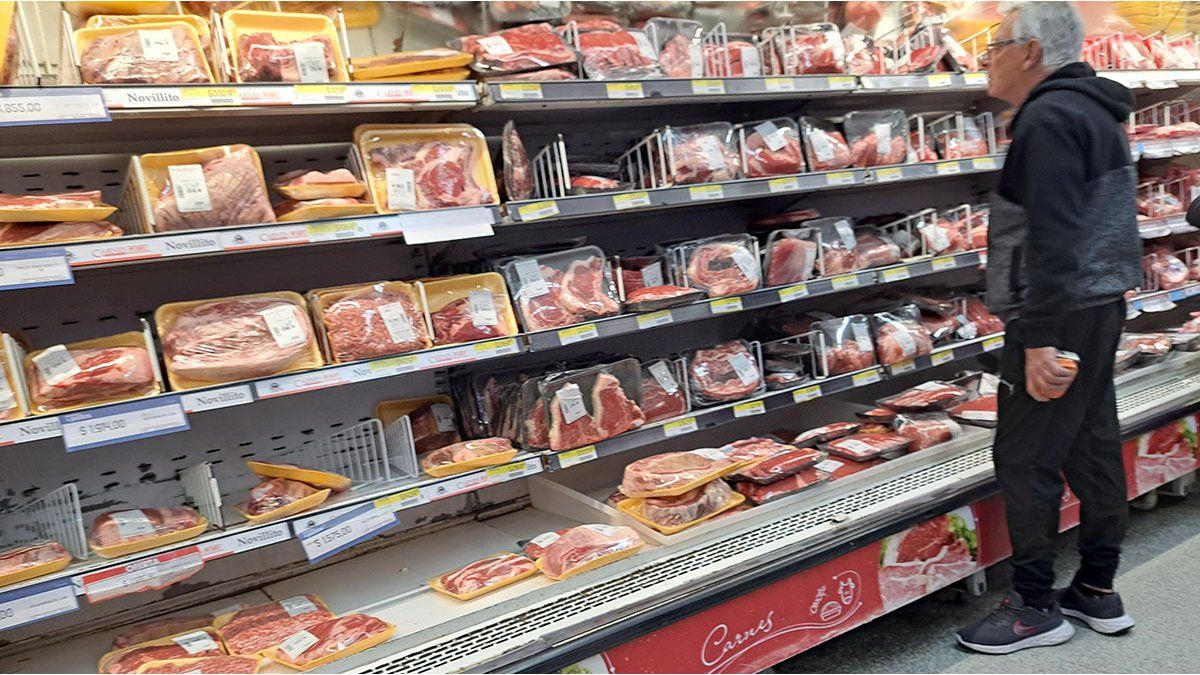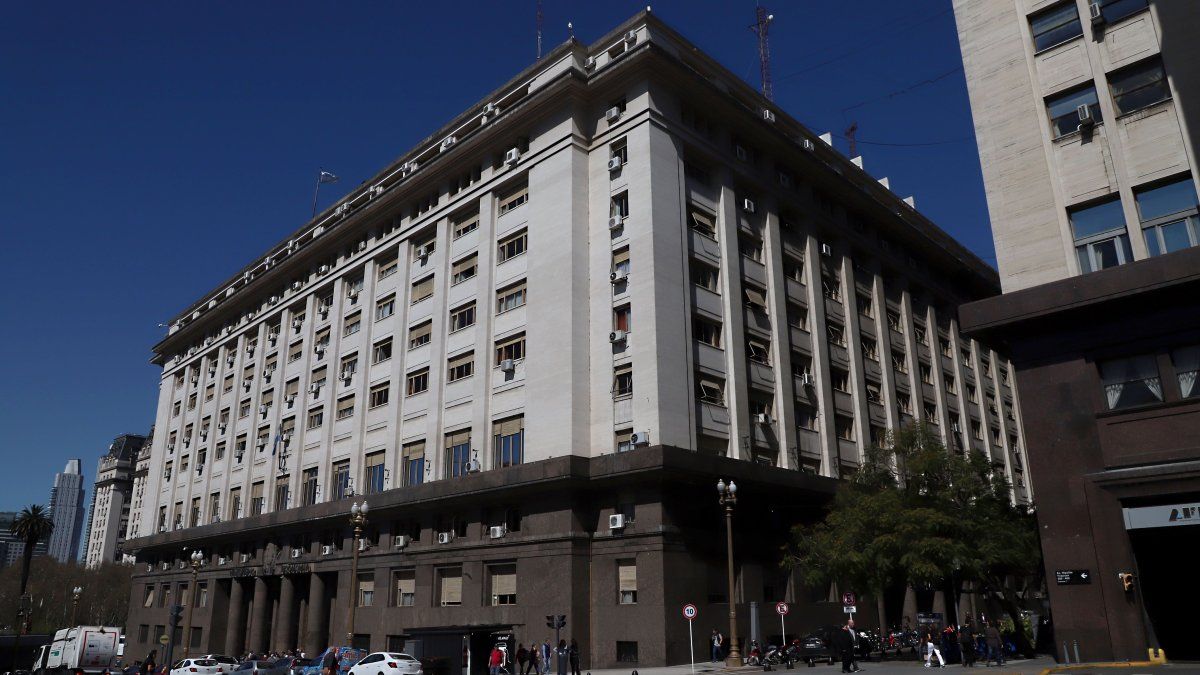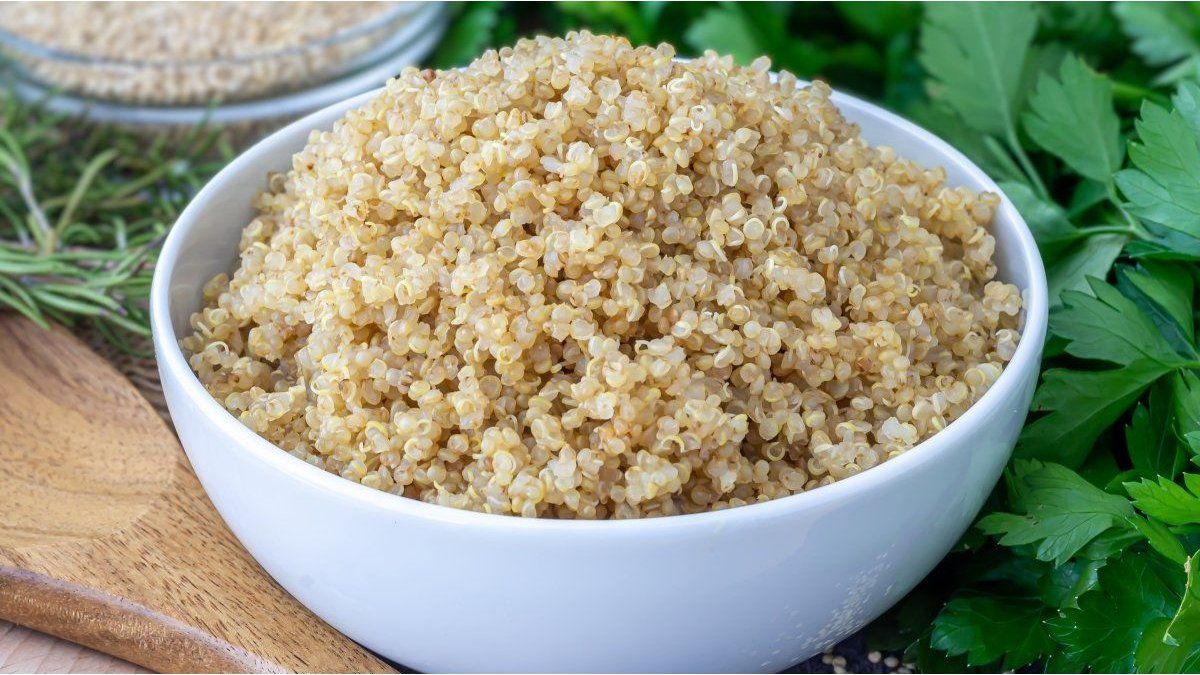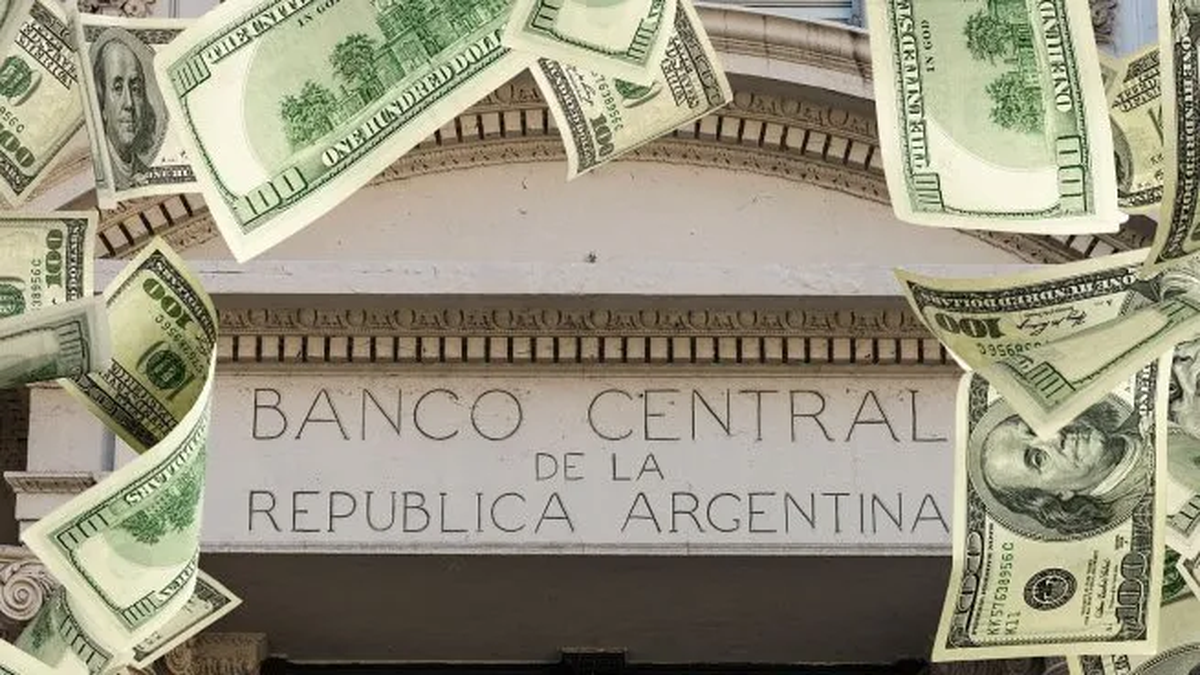After the strong jump that was evident in August, and which was subsequently transferred to gondolas, the price of tax authorities it moderated in September. However, During the first weeks of October, cattle values for slaughter resumed the upward trend. And, according to estimates from the sector, it could once again be reflected in an increase in the meat that the consumer pays for.
For example, according to data reported by the Chamber of Meat Industry and Commerce (CICCRA), In August the “average price of a live kilo sold in the Cañuelas market was 53.4% above the July average”. The devaluation of the official dollar and the launch of a new agricultural dollar, among other factors, drove this rise. In September, the increase was only 3.9%.
However, In the first two weeks of October, the averages of the different categories of cattle for slaughter presented an increase of around 25%. And, although repressed consumption may not validate this level of increases at the counter, the sector does not rule out that some percentage ends up being reflected in a new increase in beef prices.
“The increase in the price of the farm has to do with the fact that there is no market on Friday and this generates, with a long weekend ahead, that meatpackers buy to have meat to supply during those days. This was the main reason for the increases in recent days,” Miguel Schiariti, director of CICCRA, explained to Ámbito.
And he pointed out, in that context, that “This increase in the price of the property will probably be transferred to the counter, because no one can tolerate a new increase without transferring it”. “That is why I think it is possible that it is reflected in prices,” she highlighted.
A new increase in meat prices will add pressure to the data inflation October. Something that was already seen, for example, in September: as reported by INDEC, the “meat and derivatives” division rose 15.9% last month, boosted by the “food” item and consequently the CPI.
In this regard, the CEPA prepared a report in which it analyzed the evolution of the price of meat: “The prices of the different cuts registered an increase of 19.4% in the ninth month of the year compared to the month of August.”
“In September a heterogeneous impact of the increases can be observed in relation to the different cuts. The ‘economic’ and ‘intermediate’ cuts showed a similar increase of 20.7% and 20.6% respectively. For their part, ‘expensive’ cuts registered an increase of 18.5%,” the firm analyzed.
“It is important to point out the variation in the price increase, according to the marketing channel: contrary to the month of August, the average price of beef in supermarkets showed an increase compared to August of 31.2%, exceeding the increases in beef in butcher shops (14.6%),” the report added.
Exports
According to CICCRA data, in August the volume of exports remained highby growing 0.1% more than in July and 0.8% more than in May, and by presenting an increase of 16.1% year-on-year. 75.8% of the total was sent to China. In any case, despite the growth in volume, Foreign exchange income fell by 24% year-on-yearl, as a result of the fall in the average export price (-34.5% annually).
In fact, Export revenues in August were 8.2% lower than in July. “In the monthly comparison, in a context of generalized contraction, the falls in average prices in sales to the Netherlands, Italy and the United States stood out. Meanwhile, when comparing with August of last year, again in an environment of general fall, the most pronounced price drops were those of sales to China, the US and Israel (-39.8%, -26.5% and -23.0%, respectively),” CICCRA explained.
Thus, in the first eight months of the year, Beef exports grew by 9.4% in volume, but billing in the same period showed a drop of 21.1%. “In particular, it was China, the main customer of the Argentine meat industry, the country that adjusted the average price paid the most (-35.0% annually),” the entity concluded.
Source: Ambito




